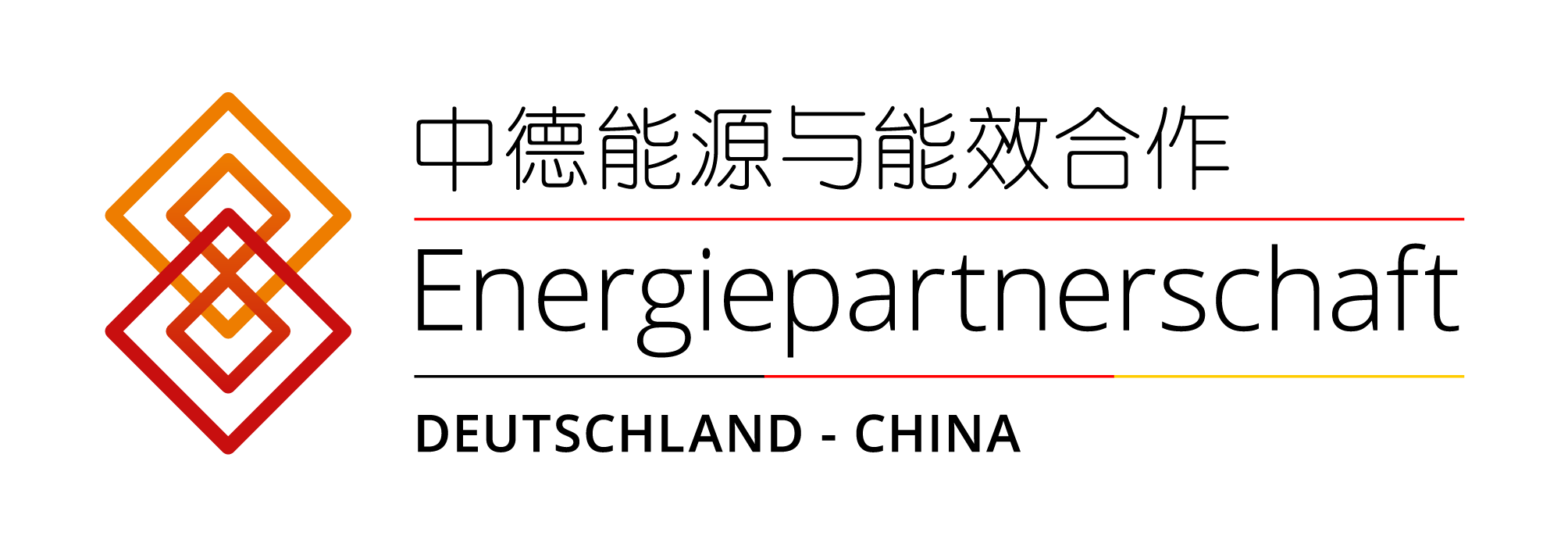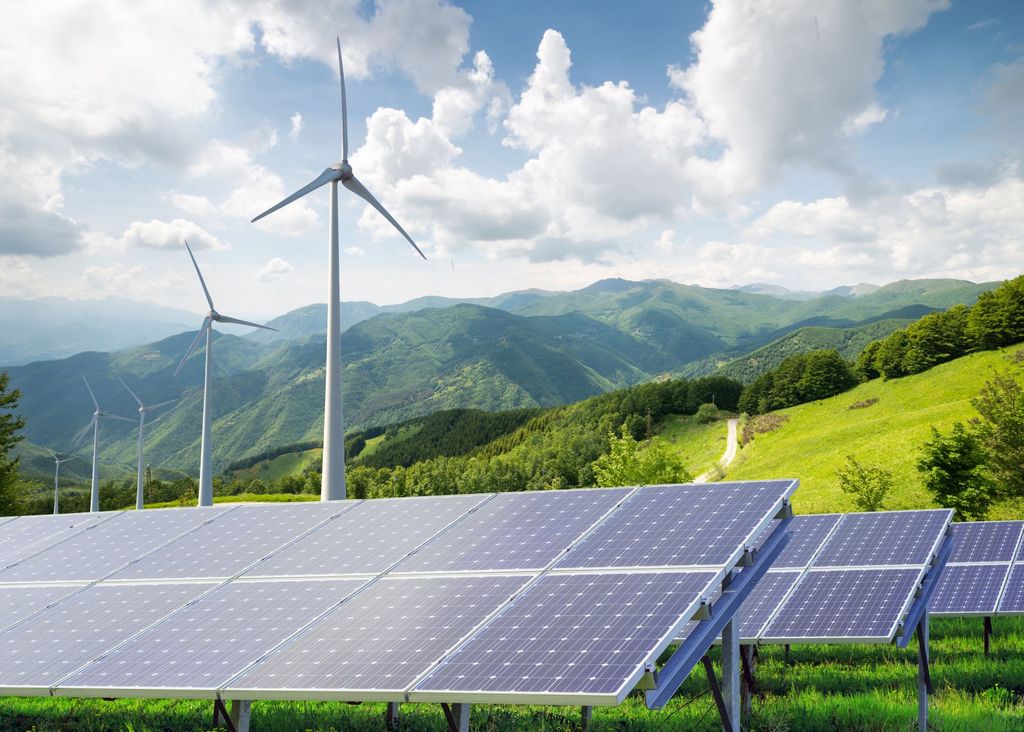Germany pioneered the vision and concept for an energy transition, and both Germany and the EU were taking steps to accelerate that transition in the last few years, starting before this new energy crisis broke out. Many of Germany’s policies target the power sector, where the largest reductions in carbon emissions are expected to take place. Germany plans to achieve an 80% reduction in power sector carbon emissions by 2030, and carbon neutrality by 2045.
To meet these goals, a number of policy changes have been needed. The first is adjusting targets for renewable energy upward, and defining more clearly what each technology must achieve to send the amount of annual renewable energy tenders. For onshore wind, Germany will have to install 10 GW per year, to reach 115 GW of wind capacity by 2030. For solar energy, Germany should add 22 GW annually, to reach 215 GW by that year. This should enable renewable energy to produce 750 TWh of electricity per year, sufficient to meet the national goal.[2]Germany’s total electricity consumption is expected to rise from 600 TWh annually currently to around 800 TWh by that time, due in part to electrification of industry and transport.[3]
Centralized renewable wind and solar plants are only part of the story, and Germany has long been a leader in distributed energy – including both rooftop solar and small-scale community wind. The country’s recent policy documents go into detail on how to ensure this remains the case. A new 50-page PV strategy covers several new policies that will remove obstacles or otherwise encourage regular consumers and business to invest in solar. The strategy expands land availability and speeds approval procedures, while increasing support for rooftop PV on commercial buildings. The policy also makes it easier to arrange landlord-to-tenant solar electricity deals, promoting more PV installations on the roofs of multi-family houses, and to facilitate the on-site use of solar power for all the people in the building. (Roughly half of Germany households live in apartment buildings.) The government also aims to encourage PV on balconies by reducing red tape for connection to the building power supply.[4] Rooftop solar power fed into the grid will also receive higher support levels than previously.
For wind as well, new policies are likely to boost the expansion of both onshore and offshore capacity. In July 2022 the German cabinet voted to amend the onshore and offshore wind acts and to change law on nature conservation to ease obstacles to wind and solar. Going forward, 2% of the country’s land will be allocated to wind energy by 2032, up from 0.8% currently. German states will have to actively identify suitable land, and can trade off quotas to some extent. Over the past decade, wind installations had dwindled due largely to local restrictions placed on new wind sites.
These measures are new, but they build on progress made in past years. In the power sector’s renewable build-out, slow and steady wins the race. Notwithstanding the energy crisis and the nuclear phase-out (see below), Germany in 2022 hit a new record of 45% renewable energy in its electricity mix, up from 41% in 2021.[5] The EU as a whole is also transitioning to renewables more quickly than in the past: In May of this year, the coal and gas share of electricity generation reached the lowest level in many years, gas-fired power plant generation was down 35% and coal power down 24%. Solar generation increased 12% and wind generation rose 15%. The EU recently approved an increase of the EU’s renewable goal for 2030 from 32% to 45% (compared to 22% from renewables currently). The EU will also start to introduce renewable fuel requirements for aviation, including for e-fuels, which should further stimulate demand for renewables.[6]
Aside from new wind and solar, the power sector also needs other adjustments to prepare for the clean energy transition. In terms of reforms to the way energy is priced, one important change in Germany is the abolishment of the renewable energy surcharge, known as the EEG. The EEG served as both a tax on electricity – reducing its competitiveness compared to directly using fossil fuels for heating, transport, or other applications – and as an unfair burden for households. Another important power sector policy is the new Network Development Plan, which must now ensure the grid is capable of supporting Germany’s transition to carbon neutrality and a power sector based on renewables. The new grid plan is based on the country’s new targets for wind and solar, plus 20 new grid connections at sea for offshore wind and exchange with other countries.[7] Germany’s transmission build-out has been lagging prior commitments, so time will tell whether further adjustments are needed in this field.
Energy storage is another bright spot – and critically important, given the rising role of solar in Germany’s energy mix. Storage is expanding both at utility-scale sites and at the household level, and including both batteries and other solutions. For example, a large coal plant in Eastern Germany is being converted into a major energy storage base, including 14 GW of renewable generation, 2-3 GWh of battery energy storage and 2 GW of green hydrogen production. At the household level, at the end of 2022, Germany had over 650,000 energy storage installations, over a third of which were added in 2022 alone. Today, 75% of new home solar PV systems are paired with storage, which increases self-consumption of solar output while reducing the strain on local distribution grids. In fact, the majority of Germany’s energy storage is located at homes and residences. Germany is the largest player in the European energy storage market, but it is not alone. Europe saw roughly 100% growth in energy storage installations in both 2021 and 2022.












